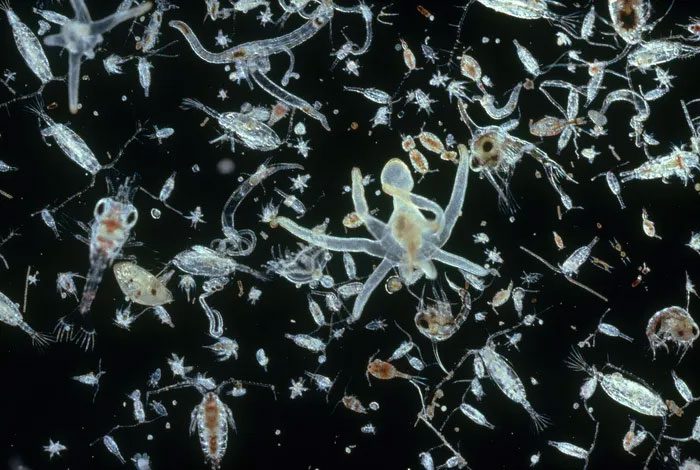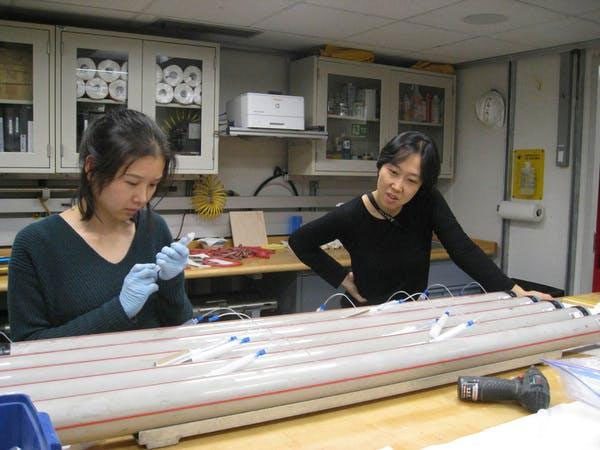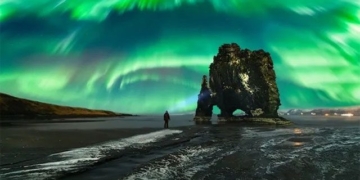According to a study published on February 14 by the American Geophysical Union (AGU), based in Washington, the oceans are the largest “storage vault” for CO2 on Earth, rather than land or vegetation. This research is part of a project under the International Ocean Discovery Program (IODP).

Plankton in the ocean. (Photo: National Geographic).
Scientists investigated the permanent CO2 storage capacity of plankton in the oceans surrounding Zealandia – a continent with 94% of its area submerged underwater, while the remaining 6% includes the islands of New Zealand and New Caledonia. They found that the amount of CO2 stored is equivalent to the amount of CO2 released into the environment in the region. In prehistoric times, the rate of CO2 storage was even higher, demonstrating the capability.
“Plankton species are indeed the largest CO2 storage facilities on the planet,” the study asserts.
To achieve these results, the research team drilled into the seabed of Zealandia to investigate how this continent formed and analyzed the environmental changes recorded in its sediments.

Two scientists involved in the research are analyzing seawater samples collected from the oceans around Zealandia. (Photo: The Conversation)
“Sucking” CO2 Down to the Ocean Floor
Most of the organic carbon released from the remains of animals, plants, and algae is consumed by bacteria in both the ocean and forest soils. In the ocean, plankton constitutes the majority. When they die and sink, the CO2 absorbed by their bodies is stored on the deep ocean floor.
Additionally, their remains that fall to the ocean floor contribute to the formation of chalk and limestone, primarily composed of calcium carbonate (CaCO3). These two types of rock have a significant capacity for CO2 storage.
The study states that the rate of chalk and limestone formation from plankton remains is 20 tons/km2/year. Zealandia covers an area of approximately 6 million km2, meaning that every year, 120 million tons of chalk and limestone are formed, and 53 million tons of CO2 are stored. This figure is equivalent to, or even exceeds, the amount of CO2 emitted from fossil fuel combustion in the region today (the CO2 emissions in New Zealand and surrounding islands are 45 million tons per year, accounting for 0.12% of global CO2 emissions).

Two scientists involved in the research discussing the sediment samples collected at the sampling table. (Photo: The Conversation)
Scientists predict that the formation of chalk and limestone from plankton remains may increase in the future.
“As the oceans warm, CaCO3 will be formed more, though the phenomenon of ocean acidification is certain to occur,” said Professor Rupert Sutherland from Victoria University of Wellington (New Zealand), one of the researchers involved in the study.





















































